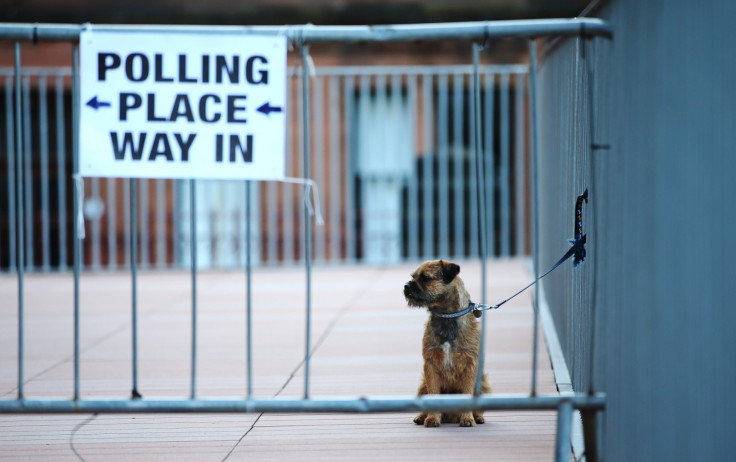Election 2015: How powerful is my vote?

Millions of people have begun casting their votes as polls have opened in Britain in one of the most unpredictable general elections in recent history. Around 50,000 polling stations around the UK opened at 07.00 BST and a total of 650 Westminster MPs will be elected.
British democracy is founded on the basis of one person, one vote, but more than half of all voters in the 2010 election voted against their winning MP. The current First Past The Post system employed in the UK means the voters with the most power to choose the government are those who live in marginal constituencies.
The more times a seat changes hands at an election, the more marginal it is deemed to be – so how powerful is your vote? A website called Voter Power, set up by designer Martin Petts using data from the New Economics Foundation, lets you check how far your vote will count towards the result.
With an ultra-safe marginality, the least powerful constituency is West Ham. Comparatively, voters in Swansea West have a lot to play for, as electors have 3.65x the power of the average voter. The constituency is smaller than average, which means a voter is more likely to affect the national result.
How does First Past The Post work?
Unlike other developed democracies, the voting system in the UK is not proportional. Voters are divided into small seats and hundreds of small local races take place on election day.
It is a simple plurality electoral system in which the winning candidate only needs a plurality of votes – one vote more than their leading opponent in order to win their seat. The winning candidate therefore does not need to achieve a majority of votes in their constituency.
If one party is able to win at least 50% of the seats in the House of Commons (326 out of a total of 650) then its leader gets to become prime minister and form a government. The system generally results in a two-party competition, which usually produces single-party governments.
In 2010, however, the election led to a hung Parliament where no single party had a majority of votes. This can be attributed to a number of factors, including low voter turnout and the rise of a third party – the Liberal Democrats.
According to statistical analysis by the New Economic Foundation, our voting system means one voter in the UK has on average 0.30 votes, rather than one vote.
© Copyright IBTimes 2025. All rights reserved.






















